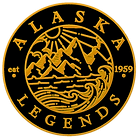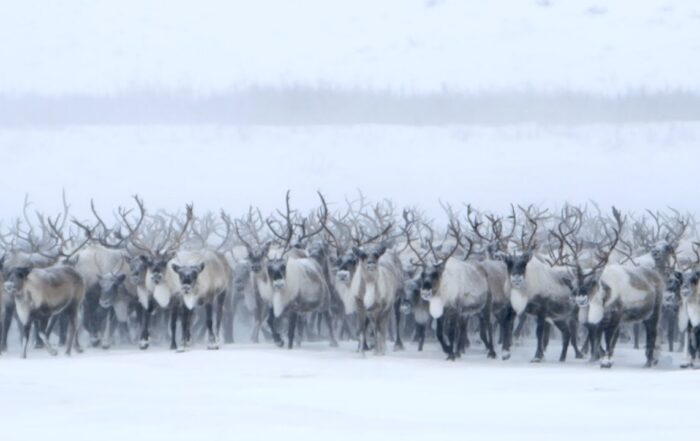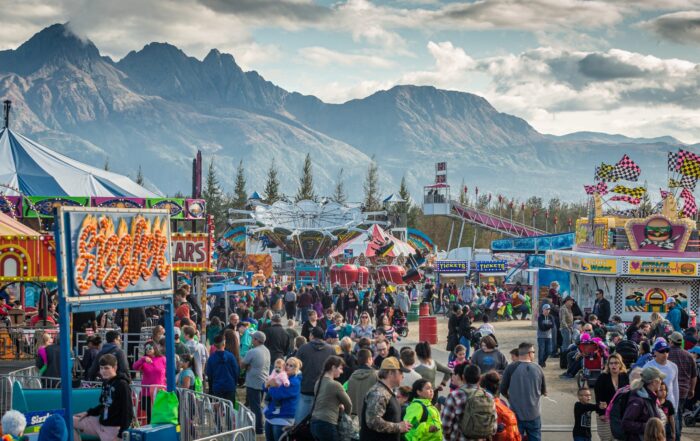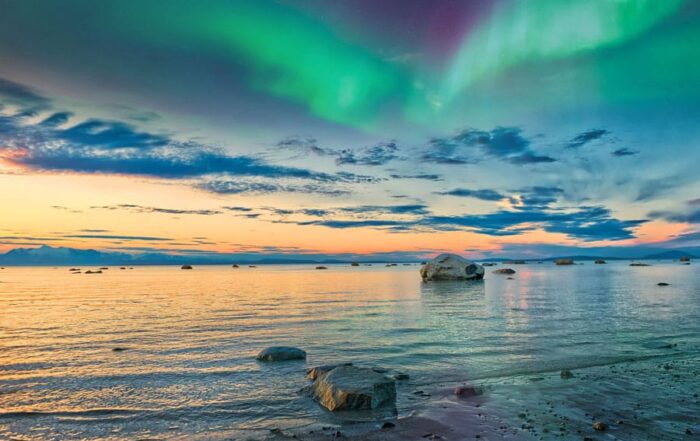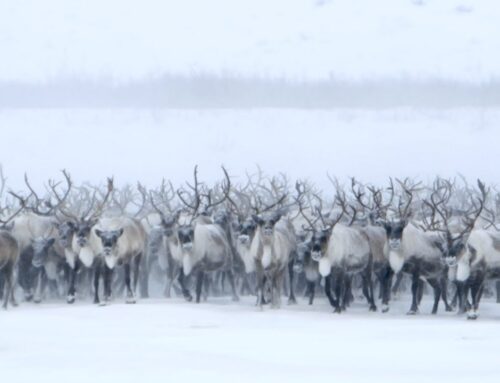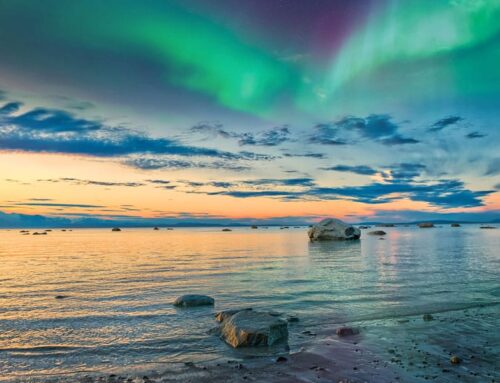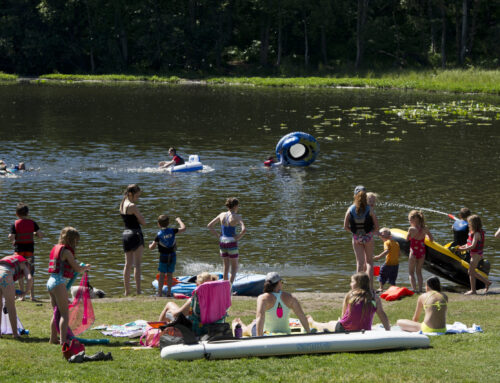Cape Krusenstern National Monument
A Historical 540,000 Acre Monument of the Arctic
Stretching gracefully for 70 miles along the Chukchi Sea lies Cape Krusenstern National Monument, an isolated expanse of wilderness nestled in Alaska’s Arctic realm. Offering panoramic vistas of a predominantly treeless landscape, this coastal enclave comprises a mosaic of lagoons and tundra bordered by rolling hills.
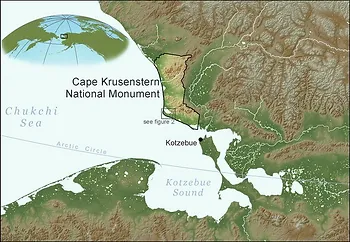
Given its rugged terrain, Cape Krusenstern is the least visited National Park and not a destination for casual tourists. Summer visitors typically possess backcountry expertise, adept at navigating harsh elements such as high winds and precipitation. Similarly, winter excursions are recommended solely for those seasoned in Arctic camping and survival.
Prepared adventurers can partake in a myriad of activities, from birdwatching and wildlife observation to exploring the area’s archaeological legacy. Kayaking along the coast or embarking on backcountry hikes through the monument’s ridges and mountains offer immersive experiences. Guided hiking and backpacking tours, along with flightseeing expeditions, provide curated adventures for enthusiasts.
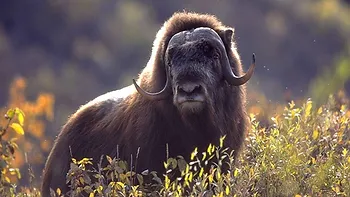 The monument’s ecological diversity is striking, attracting over 150 species of migratory birds to nest amidst its vast wetlands during the summer. Additionally, sightings of musk oxen, brown bears, caribou, and moose add to the region’s allure.
The monument’s ecological diversity is striking, attracting over 150 species of migratory birds to nest amidst its vast wetlands during the summer. Additionally, sightings of musk oxen, brown bears, caribou, and moose add to the region’s allure.
Situated a mere 10 miles northwest of Kotzebue, Cape Krusenstern comprises expansive lagoons and smaller lakes, adorning a wide coastal plain of wet tundra. Further inland, rolling hills capped with dry tundra interconnect through extensive areas of tussock grass. Summer blooms of wildflowers embellish the hillsides, enhancing the landscape’s natural splendor.
Visitors must be prepared for extreme weather fluctuations. Summers typically range from the 50s to 70s Fahrenheit, with extended daylight hours during the midnight sun phenomenon. Conversely, winters plunge temperatures well below freezing, accompanied by prolonged periods of snow, limited daylight, and inclement weather.
Beyond its natural grandeur, Cape Krusenstern holds significant archaeological value. The monument boasts 114 beach-sand ridges, bearing witness to over 5000 years of human habitation. These ridges, shaped by shifting sea ice and oceanic forces, served as ancestral hunting grounds for Indigenous peoples.
The Inupiat community maintains a contemporary connection to Cape Krusenstern, continuing traditional practices such as seal hunting along the outer beaches. Shoreline campsites witness the rendering of seals for fur, meat, and oil, sustaining a local subsistence-based lifestyle.
Infrastructure within the monument is minimal, with no public facilities, campgrounds, or trails. The park headquarters and visitor center, located in Kotzebue at the Northwest Arctic Heritage Center, serve as essential resources for first-time travelers seeking information on conditions, guides, and transportation.
Accessing Cape Krusenstern typically involves commercial jet service from Anchorage to Kotzebue, followed by air taxi operators for the final leg of the journey. Summer access may include watercraft, while winter arrivals rely on snowmobiles, bush planes, or dog sleds.
Renowned for its archaeological significance, Cape Krusenstern also boasts a rich tapestry of natural resources. The monument’s rolling topography is predominantly covered by moist to wet tundra, hosting diverse plant and animal life. From clear streams teeming with fish to the presence of caribou and other land mammals, the monument serves as a sanctuary for biodiversity.
Committed to conservation, the National Park Service conducts ongoing research to protect the monument’s flora and fauna. Collaborative efforts focus on mitigating coastal erosion, addressing contaminants along the Red Dog mine road corridor, and monitoring populations of muskoxen and moose.
Photos courtesy of U.S. National Park Reserve, Alaska Parks, National Park Service and Travel Alaska.
